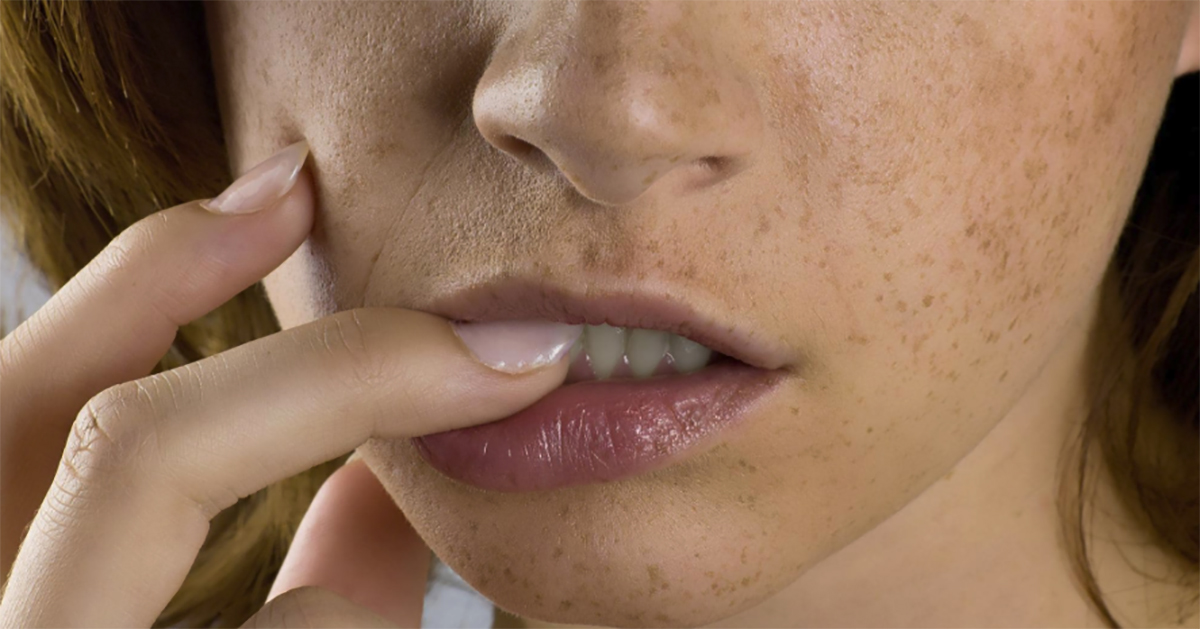Side Effects Of Microdermabrasion
Microdermabrasion is a minimally invasive procedure and induces the renewal of the texture and tone of an individual's skin. Numerous skin-related conditions and concerns can be addressed by microdermabrasion, including wrinkles, age spots, melasma, sun damage, fine lines, acne scarring, and several other conditions. A specialized applicator equipped with an abrasive surface is used to erode the tough outer layer of an individual's skin to rejuvenate it. A different technique of microdermabrasion can be utilized where fine particles of sodium bicarbonate or aluminum oxide are sprayed on the individual's skin to erode the dead skin cells that make up the tough outer layer.
Microdermabrasion is a safe and tolerable procedure for the skin colors and types of most individuals, but side effects can occur.
Post-Inflammatory Hyperpigmentation

An individual who has microdermabrasion may experience a side effect referred to as post-inflammatory hyperpigmentation. Post-inflammatory hyperpigmentation is a term used to describe patches of discolored skin that are flat and develop following damage to the epidermis or dermis. Microdermabrasion can cause melanin inside of the skin cells or keratinocytes to become displaced because of the post-damage inflammation. When this displacement of melanin occurs in the skin cells, melanin synthesis is increased in the melanocytes to replace what has been eroded. Displaced melanin in the skin cells can also become trapped by cells referred to as macrophages when it occurs in the lower layers of the epidermis. Individuals who have tan or darker skin tend to experience an alteration in the color of their skin following a microdermabrasion procedure more often than those with lighter colored skin. The new skin layer revealed by the mechanism of microdermabrasion may have less or more pigmentation than the layer that has been exfoliated.
Uncover additional side effects linked to microdermabrasion now.
Skin Tightness

Skin tightness is not an uncommon adverse side effect reported by individuals who have had microdermabrasion. The elastic ability of the skin to stretch is greatly determined by the amount of moisture that is present. Moisture allows the cells of the skin to be lubricated next to one another, rather than sticking together. Microdermabrasion strips the natural layer of oil that keeps moisture in the skin, which causes it to become unusually dry following the procedure. Because the epidermis is dry, the keratinocytes tend to have a harder time stretching and maintaining their elasticity. The membranes of the affected individual's skin cells adhere to each other, which causes the skin to feel abnormally tight. In addition, the loss of moisture causes the cells of the skin to shrink. When the skin cells shrink and stick together, the surface of the skin and its elasticity will decrease. Some individuals experience tightness of the skin because of the swelling that occurs after microdermabrasion due to inflammation.
Read more about microdermabrasion side effects now.
